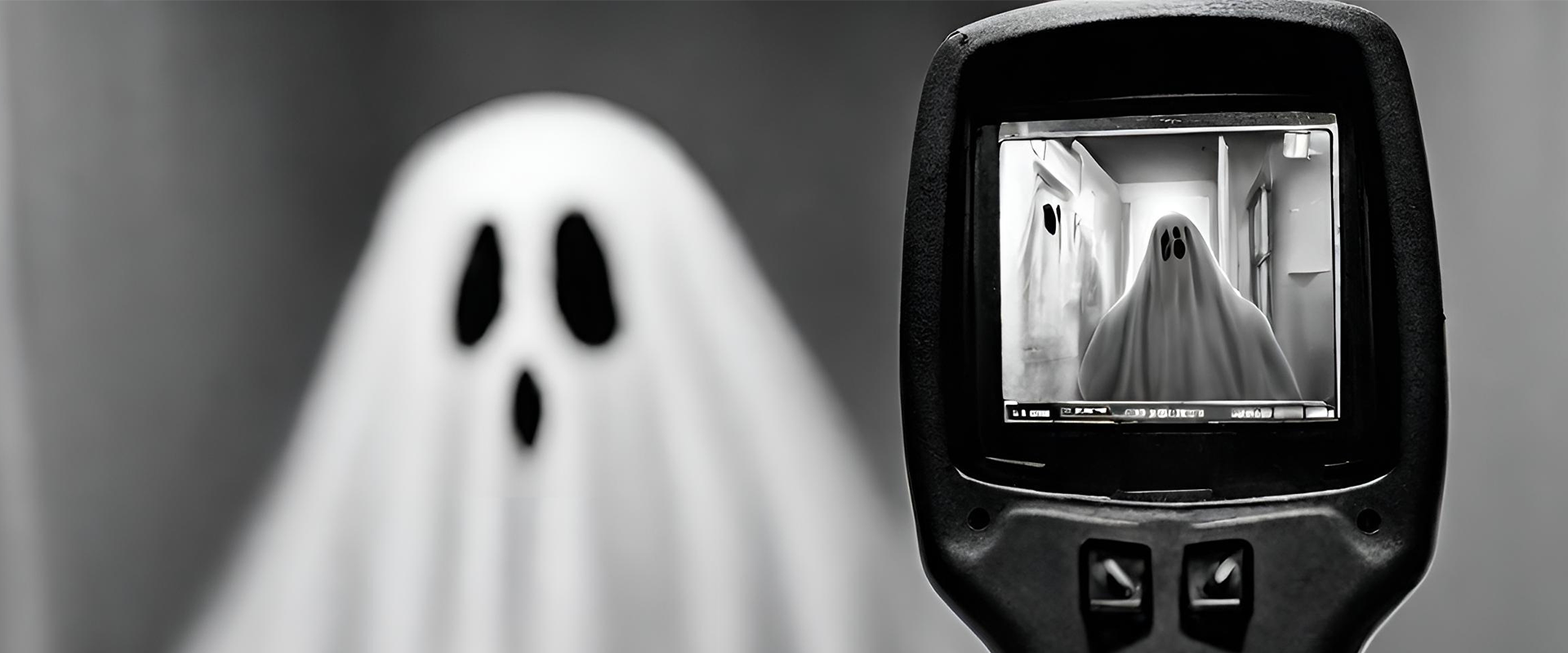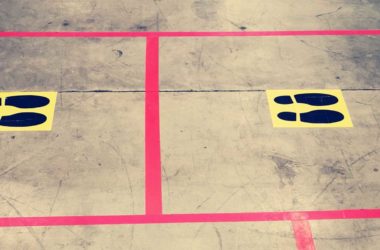Do you believe in ghosts? Many people have had encounters with the supernatural, whether it’s a mysterious presence in an old building or unexplained cold spots in their homes. For many years, ghost hunters have used a variety of methods and equipment to gather proof of paranormal activity. The thermal camera is one such device that has become more and more popular in recent years. This thorough guide will delve into the realm of thermal camera ghost hunting, how they function, and potential dangers to watch out for.
What is a thermal camera?
Before finding out how to hunt ghosts with thermal cameras, let’s first understand what a thermal camera is and how it differs from a regular camera. A thermal camera, also known as a thermal imager, infrared camera or thermal imaging camera, is a device that uses infrared radiation to create images. Unlike a regular camera that captures visible light, a thermal camera detects the heat emitted by objects and converts it into a visual representation. At Distrelec, we have a broad selection of thermal imaging cameras for all kinds of applications from brands like FLIR, Hikimicro and Fluke among others.
How does a thermal camera work?
Thermal cameras work based on the principle of thermography, which is the science of using heat to create images. Every object emits a certain amount of heat, even those that appear to be at room temperature. This heat is in the form of infrared radiation, which is invisible to the human eye. A thermal camera uses a special sensor called a microbolometer to detect this infrared radiation and convert it into an image.
The image produced by a thermal camera is called a thermogram, and it represents the temperature distribution of the objects in the scene. Warmer objects appear brighter, while cooler objects appear darker. This ability to visualise temperature variations is what makes thermal cameras useful for ghost hunters, as they can potentially detect anomalies that may indicate the presence of paranormal activity.
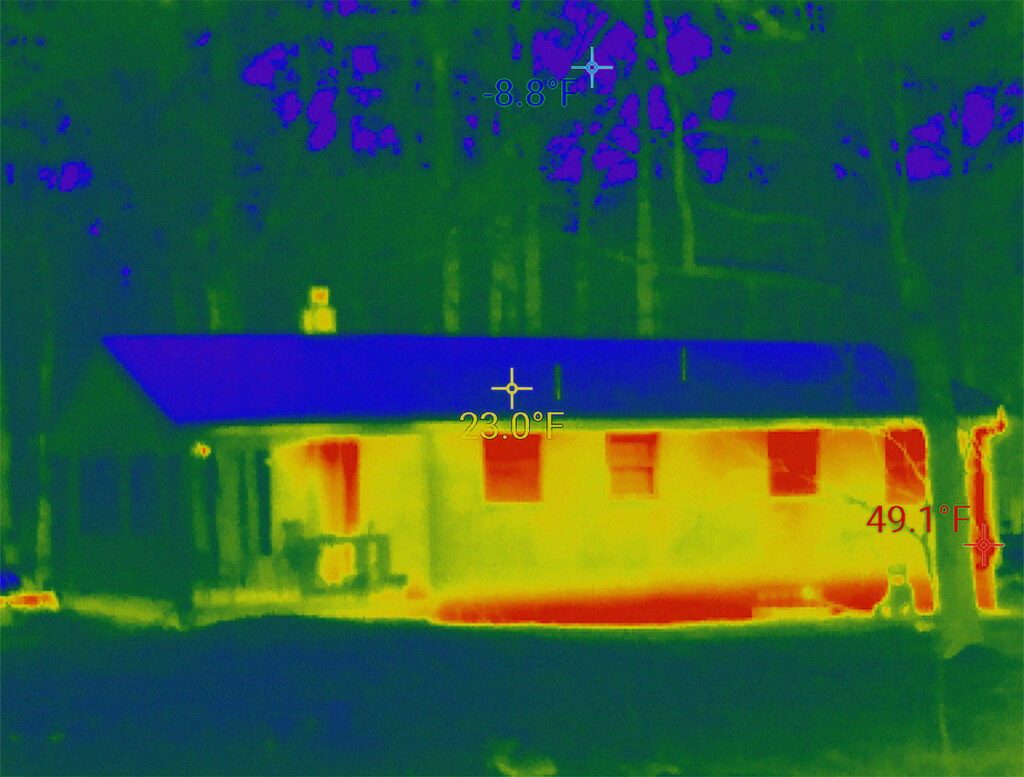
The role of thermal cameras in ghost hunting
To find proof of paranormal activity, ghost hunters frequently use a variety of instruments and methods. Thermal cameras have become increasingly popular due to their capacity to identify temperature changes that could be related to paranormal encounters. Here are a few examples of how thermal cameras can be used in ghost hunting:
Spotting cold spots
One common belief among ghost hunters is that spirits can create localised areas of coldness, often referred to as cold spots. These cold spots are believed to be the result of a ghost drawing energy from its surroundings or manifesting its presence. By using a thermal camera, ghost hunters can scan an area and identify any unusual temperature variations that may indicate the presence of a cold spot.
Detecting heat signatures
In addition to cold spots, thermal cameras can also help ghost hunters detect heat signatures that may be associated with paranormal activity. For example, a thermal camera can capture the heat left behind by a person or an object even after they have moved on. A faint image that resembles the outline of a human being may appear on the thermal camera as a result of this remaining heat. Ghost hunters may be able to collect proof of paranormal experiences by examining these heat signatures.
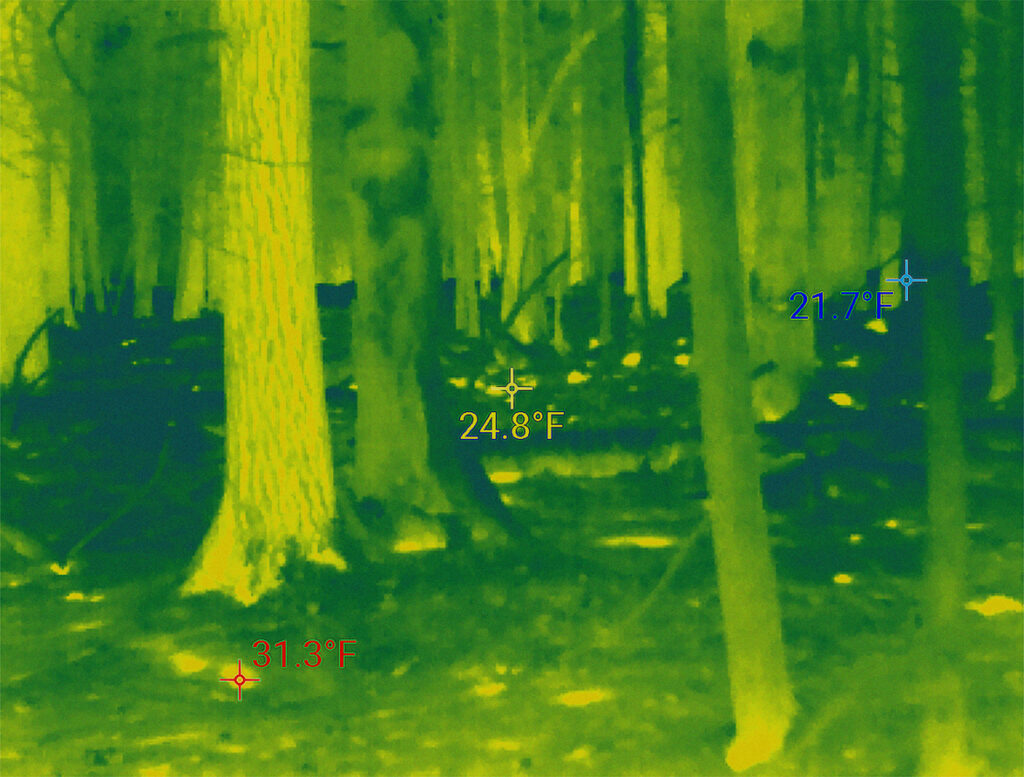
Distinguishing reflections from apparitions
One challenge in ghost hunting is to notice the difference between genuine presence and false positives caused by reflections. Mirrors, glass surfaces, and other reflective materials can often create illusions that may be mistaken for ghostly apparitions. Thermal cameras can help ghost hunters differentiate between real paranormal activity and mere reflections by focusing on the temperature variations rather than the visual appearance. This can provide a more objective and accurate assessment of the situation.
Common misinterpretations and pitfalls
Thermal cameras are useful instruments for ghost hunting, but it’s crucial to be aware of the risks and errors that can happen. The following are some typical situations when thermal cameras could produce inaccurate results:
1. Reflections and mirages
As mentioned earlier, reflections and mirages can create illusions that may be mistaken with ghosts. Hence, the thermal camera can detect temperature variations caused by reflections, leading to false positives. It is crucial for ghost hunters to thoroughly analyse the environment and consider alternative explanations before attributing any anomalies to paranormal activity.
2. Human presence and residual heat
A person or an object’s residual heat can be recorded with a thermal camera. This may provide subtle heat signatures that mimic human figures, giving the impression of apparitions of the paranormal. Before drawing any paranormal conclusions, ghost hunters should consider the presence of nearby people and the likelihood of residual heat.
3. Natural temperature variations
Temperature variations in the environment can occur due to natural factors such as drafts, insulation issues, or even weather conditions. These temperature changes can sometimes be mistaken for paranormal activity when viewed through a thermal camera. It is essential for ghost hunters to conduct a thorough investigation, considering all possible explanations before concluding that a temperature anomaly is supernatural in nature.
Choosing the right thermal camera for ghost hunting
When it comes to ghost hunting with thermal cameras, choosing the right device is crucial. The market offers a variety of brands and models, each with unique features and characteristics. The following are a few well-known manufacturers of thermal cameras appropriate for ghost hunting:
FLIR
FLIR is a renowned brand in the thermal imaging industry and offers a range of thermal cameras suitable for ghost hunting. Watch the video below to find out how to hunt ghosts with thermal cameras.
The FLIR ONE Pro series is especially compatible with smartphones and provides users with a combination of thermal and visual cameras to capture detailed IR information. The series offers mobility and convenience, making it a popular choice among ghost hunters. Find the hidden ghosts with FLIR ONE Pro faster than ever.
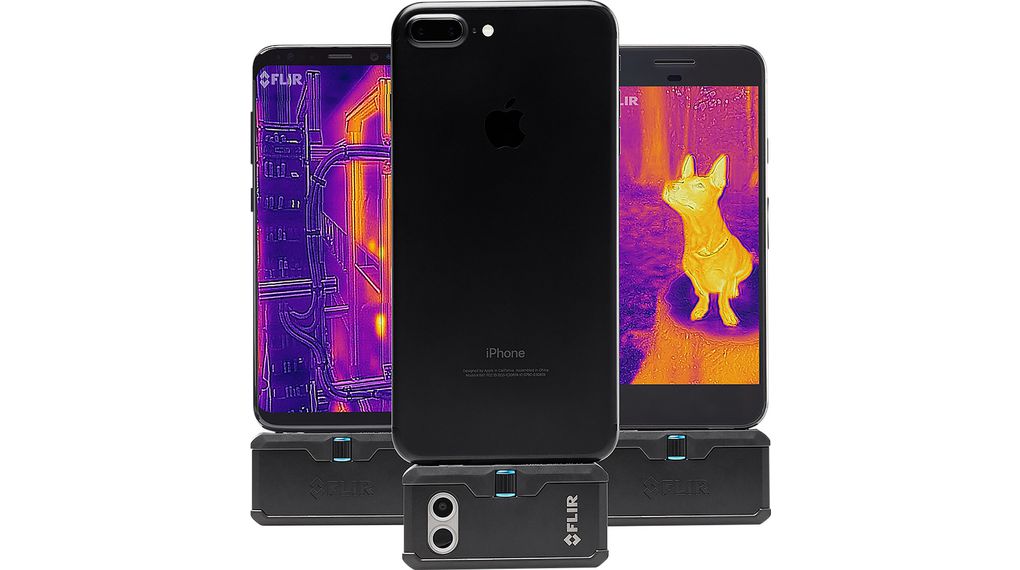
Hikmicro
Hikmicro is another brand that offers thermal cameras suitable for ghost hunting. Their range of thermal imaging cameras provides high-resolution images and advanced features to enhance the ghost hunting experience. With options for handheld devices or integrated systems, Hikmicro cameras offer versatility and reliability in the field.

Fluke
Fluke is a well-known brand in the field of test and measurement equipment, including thermal cameras. Their thermal imaging cameras are designed for professional use and offer advanced features such as high-resolution imaging, temperature measurement, and data analysis. While primarily used in industrial applications, Fluke thermal cameras can also be utilised for ghost hunting purposes.
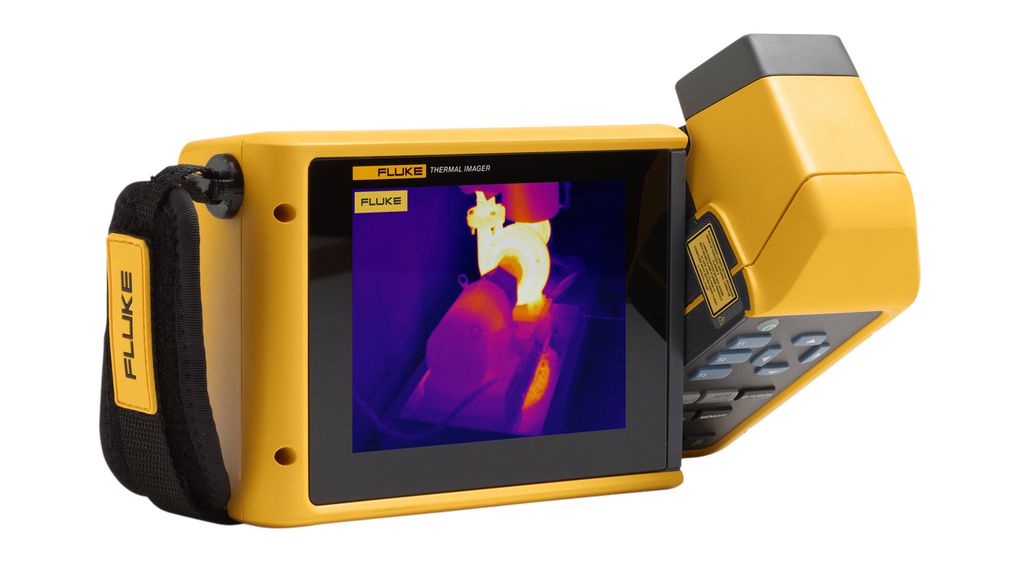
When choosing a thermal camera for ghost hunting, consider factors such as resolution, sensitivity, portability, and ease of use. It is also important to familiarise yourself with the camera’s features and functionalities to maximise its potential in capturing evidence of paranormal activity.
How to effectively hunt ghosts with thermal cameras
To make the most of your ghost hunting experience with a thermal camera, here are some practical tips to keep in mind:
1. Familiarise yourself with the camera
Before embarking on a ghost hunting expedition, take the time to familiarise yourself with the operation of the thermal camera. Understand its controls, settings, and features to ensure you can navigate through the menus and make adjustments quickly and efficiently in the field.
2. Conduct a baseline scan
Before searching for paranormal activity, it is essential to establish a baseline scan of the area. This involves capturing thermal images of the environment without any suspected ghostly activity. By doing so, you can identify the normal temperature variations and distinguish them from any anomalies that may appear during the investigation.
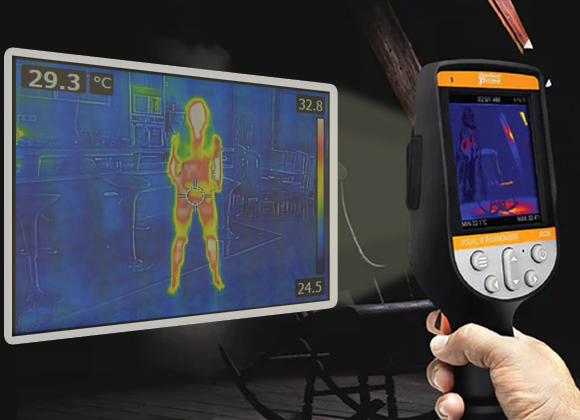
3. Document and compare findings
When conducting a ghost hunting investigation with a thermal camera, it is crucial to document your findings. Take detailed notes, capture images or videos, and record any relevant data such as temperature readings. This documentation will help you compare and analyse the findings later, providing a more comprehensive perspective on the potential paranormal activity.
4. Collaborate and share experiences
Ghost hunting is often a collaborative effort, with multiple individuals working together to investigate paranormal activity. Collaborate with fellow ghost hunters, share your experiences, and compare findings. This collective approach can help validate observations and provide a more objective assessment of the situation.
5. Consider additional equipment
While thermal cameras are valuable tools in ghost hunting, they should not be relied upon as the sole means of evidence gathering. Consider using additional equipment such as EMF meters, digital voice recorders, or motion sensors to capture a broader range of data. This multi-faceted approach can provide a more comprehensive picture of any potential paranormal activity.
Conclusion
Ghost hunting with thermal cameras can be an exciting and intriguing journey. These devices offer a unique perspective into the world of the supernatural, allowing us to explore and analyse temperature variations that may indicate the presence of ghosts. However, it is important to approach ghost hunting with scepticism, taking into account alternative explanations and considering all possibilities before concluding that an anomaly is paranormal in nature. By using thermal cameras responsibly and following the tips outlined in this guide, you can enhance your ghost hunting experience and potentially capture compelling evidence of the otherworldly. Happy ghost hunting!





